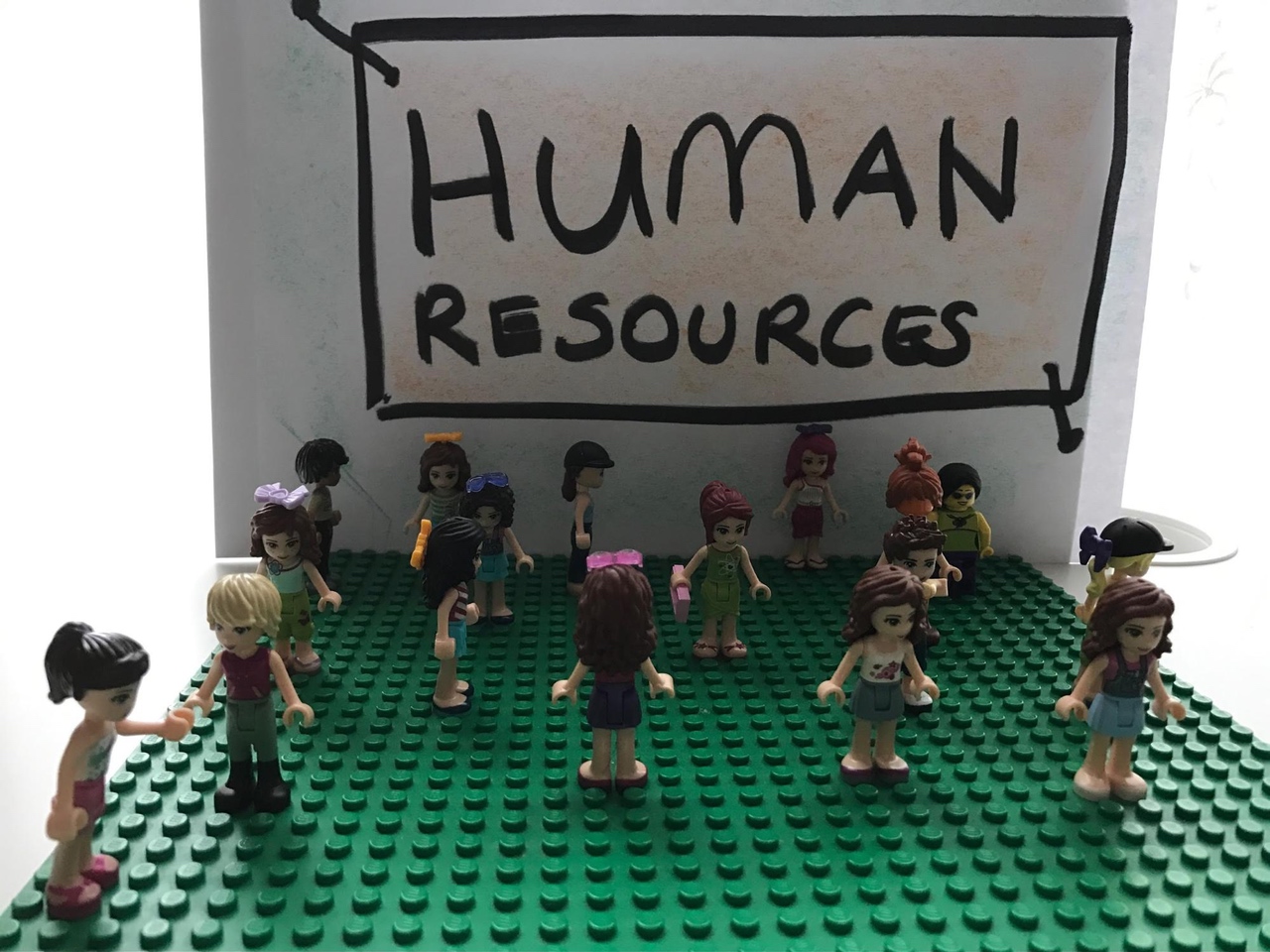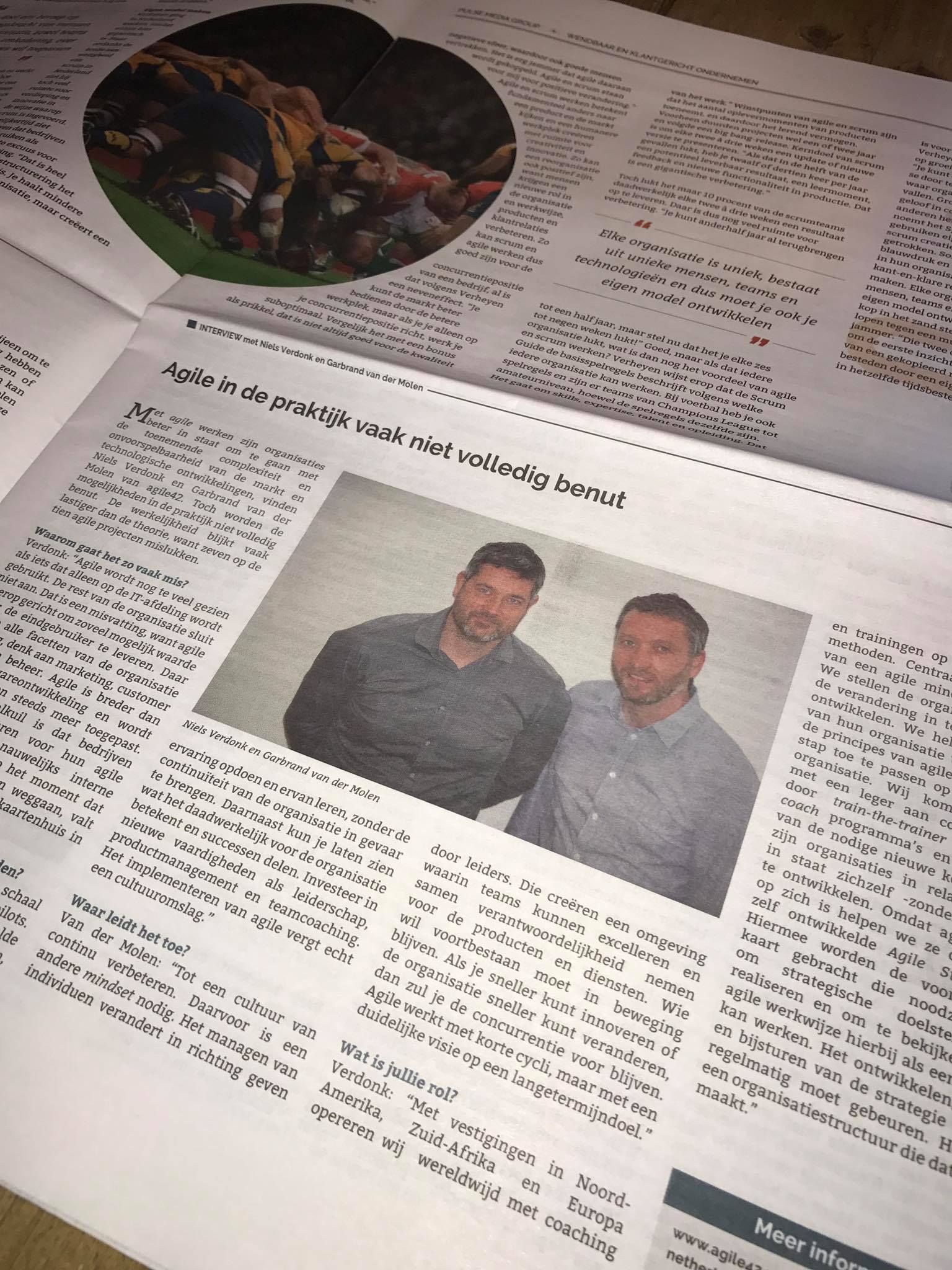Merhabalar,
Bu yazıda sizlere, gerek yurt içinde gerekse yurt dışında gözlemlediğim, deneyimlediğim bir durumdan ve olası çözümlerinden söz etmek istiyorum. Agile olmak isteyen, bu amaçla yola çıkan pek çok firmanın yaşadığı bir durum bu: Tabir-i-caizse, ektiğiniz (Agile) fidanın tutmaması.
Agile Fidanı
Uygulayanlar bilirler, Agile yaklaşım, sadece geliştirme takımları kurup onlardan çıktı beklemekle olmaz. Bir süre sonra takımlar, bu yaklaşımı benimseyip doğru işletirlerse, kendi önlerindeki engelleri çöze çöze giderek, zamanla başka engellere takılmaya başlar. İç yapıdan doğan, süreçlerden, rollerden ve daha pek çok şeyden doğan bu görünmez cam duvarlar birdenbire görünür olur. Şimdi sıra, şirketin önündeki engellere; ‘business agility’nin, yani şirketin uçtan uca çevikliğinin önündeki engellere gelmiştir. Organizasyonel engelleri kaldırmadıkça da şirket hiçbir zaman tam anlamıyla agile olamaz, ancak belirli bir yere kadar gelip orada takılır, kalır. Bu noktada yönetim kadrolarının, liderlerin, üzerlerine düşen çok önemli görevler olduğunu bilmeleri gerek.
Lider Yönetim
Liderlik edecek yönetim kadrolarının desteği ve inancı olmadan, tam olarak anlamadan, inanmadan yapıldığında Agile, ancak yarım yamalak sonuç verir. Bu durumda, biz “change agent” ya da Agile koçlar çekildikten sonra ne olur dersiniz? O ellerinizle tohumlarını ektiğiniz, özene bezene sulayıp filizlendirdiğiniz, yeni yeşerttiğiniz agile fidanı sahiplenilmezse, bakılmazsa, tam da yeni yeni tutunmaya, kök salmaya başlamışken, ilgisizlikten, bakımsızlık ve susuzluktan kurur, ya da ilk rüzgarda kırılır. Belki de birinin “Şu daha hızlı büyüse ya!” diye aşırı gübrelemesiyle, yapraklarından çekiştirmesiyle can verir, ya da (belki de en acı olan), sonradan gelen birinin “Bu ne böyle? Yabani otlar bürümüş burayı, yolun şunları, buralar bize lazım.” yaklaşımına kurban giderek, sökülüp atılır. Böylece bu işe harcanan onca bütçe, çaba, zaman ve emek de çöpe gitti..
Bunun hemen görülmeyen, ama bir o kadar da ciddi yan etkisi ise şu: Agile olmayı (Scrum çalışmayı, Kanban yapmayı..) bir kere ‘denemiş’ olan ekipler ve şirketlerde, toprakta anız yakmaya benzer izler kalır; yeniden denemeye karşı direnç oluşabilir. Bir gün gerçekten Agile olmayı istediklerinde, aşmaları gereken (içsel ve dışsal) eşik her turda yükseldiği için, başarma şansları giderek azalır. “Biz geçen sene denedik, olmadı”, “Agile/Scrum/XP/.. bize göre değilmiş”, “Bizim şirkete uymadı” – tanıdık geliyor mu?
Bir Kanban Tahtası Örneği
Öyleyse Agile fidanının yaşaması, yeşermesi, boy atıp meyve vermesi için ne yapmalı? Aslında, bunun için yapılabilecek pek çok şey var. İçlerinden en önemli birkaçı:
- Agile çalışacak ekipler eğitim & koçluk desteği alırken, paralelinde liderlik yapacak kadrolara da benzer desteği vermek; önlerine net ve paylaşılmış bir vizyon koyarak, ileride değişip dönüşecekleri rollerini, görevlerini netleştirmek, onları bu dönüşüm rüzgarına hazırlamak
- Geliştirme ekipleriyle yönetim arasında şeffaf, güvene dayalı iletişim için diyalog kurmak
- Toprağı uygun hale getirmek – ki, bu noktada şirket kültürü büyük önem taşıyor. Agile’ın temelinde yatan güven ve şeffaflık ortamını sağlamak, ektiğiniz fidanın o topraklarda tutunma ve yeşerme şansını önemli ölçüde artırır.
- Bu değişimin sadece (örneğin BT’deki) geliştirme ekipleriyle sınırlı kalmayacağını bilmek; şirketçe bunun tüm organizasyonu, (ve hatta müşterileri de) içine alacak bir dönüşüm olduğunun ayırdında olmak
Değişim Rüzgarları
- Şirket içinde elbette ki direnç gösteren, buna daha çok veya daha az inananlar olacaktır. Ancak temelinde, yönetimin ve tüm paydaşların desteğini, CEO’dan gerekli bütçeyi kolunun altına alarak, yola öyle çıkmak
- Bu işin, gözle görülmeyen fakat çok önemli bir parçasının da kültürel boyutta olduğunu bilerek hareket etmek, hatta bu kültürel dönüşüme aktif yön vermek – bizim sıklıkla agile dönüşümlerine, ETF’in ilk halkası olan “assessment” – durum değerlendirmesi- ile başlamamızın ve “cultural assessment” için kendimize özgü araçlar geliştirmemizin bir nedeni de bu.
Dönüşümün Kültürel Boyutu
- Sabırlı olmak – daha önce de dediğim gibi, bu bir kültürel dönüşüm. Bunun elbette ki bir gecede / haftada / ayda olmayacağını bilerek hareket etmek, yeniliklerin yerleşmesi, oturması için zaman tanımak. Yabancı bir dil öğrenirken, tek bir yeni kelimeyi dağarcığınıza katmak, kendi cümlelerinizde kullanabilmek için 80 (seksen!) kez bir yerde duymuş/okumuş olmanız gerektiğini biliyor muydunuz? Benzer şekilde, yeni alışkanlıkların oturması da zaman alır. Nasıl ki bir ağacı yapraklarından çekerek daha hızlı büyütemezseniz, Agile da o şirketin toprağında, o kültürel ve dokusal şartlarda hangi hızda büyüyecekse, o hızda büyüyecektir. (Bu süreci hızlandırmak için neler yapabileceğinize, birazdan değineceğim)
- Üstteki maddeyle elele giden – hemen sonuç beklememek. Yeni ekilen bir fidanın da bir gecede büyüyüp meyve vermesini beklemeyiz. Aynı şekilde, Agile’ın da tutunması, yeşerip meyve vermesi için zaman, emek ve sabır gerekli. İstediğimiz kadar hızlı büyümüyor, hemen meyve vermedi diye kestirip atmak, hem israf olur, hem de sizi agile’ın ulaşabileceğiniz potansiyel faydalarından mahrum bırakır. Altı haftada yirmi yedi metre büyüyen ağacın hikayesini bilirsiniz:
6 Haftada 27 Metre Büyüyen Ağaç – Bambu
- Başarıları kutlamak ve hatalardan ders çıkarmak. Başarılarda sevinci sonuna kadar yaşamak, ve bunun yanında asıl öğrenme fırsatının, asıl gelişmenin başarısızlıklarda gizli olduğunu bilmek, onları iyi analiz etmek, suçlu aramadan bir dahaki sefere neyi daha farklı yapalım yaklaşımıyla, elde ettiğimiz kazanımlarla ilerlemek (“Safe-to-fail experiments” ya da “güvenli-ortamda-başarısızlık deneyleri” kavramı, agile42 olarak kurumsal dönüşümlerde sıkça kullandığımız, akademik araştırmalarla da desteklenen önemli araçtır. Bu konuda daha detaylı bilgi için Cognitive Edge’e bakabilir, ve bize ulaşabilirsiniz.)
Domain’lere Göre İş Yaklaşımları – Cynefin Çerçevesi
- Şirketçe, gerçekleşen dönüşümün arkasında durmak, bu kültürü tüm şirkette yaymak için çalışmalar yapmak – örneğin görseller, duyurular, posterler, farkındalık eğitimleri, belki gönüllü bir Scrum Master / iç koçun haftalık zaman ayıracağı, sorusu olanların gelip danışabileceği bir “Office Hour”..özetle bu yönde, buna yönelik düşünmek ve yapıcı olmak
- Ektiğiniz fidanın daha hızlı meyve vermesi ve gerçekleştireceğiniz dönüşümün kalıcı ve sürdürülebilir olması için yardım almak, uzman koçluk desteğiyle ilerlemek
- Müşteriyi bilgilendirmek ve ekiple iletişimde olmasını sağlamak; onu da sürece dahil etmek
Agile yolculuğunu kolaylaştırmak ve değişimleri kalıcı kılmak için yapabileceklerinizden bazılarına yukarıda değindik. Hepimiz biliyoruz ki, değişmeden, değişim olmuyor. Şöyle düşünelim: bu süreçte ‘büyüme sancıları’ yaşamak, aslında bir şeylerin gerçekten değişmeye başladığını gösteriyor. Engellerden korkmadan, inanarak, isteyerek yola çıktığınızda zaten önünüze çıkan şeyler sizi yıldırmayacak, yoldan döndüremeyecek, size ‘engel’ olamayacak.
Bu tarz bir dönüşüme (Agile dönüşümle ilgili, Regina Martins’in şu yazısına da bakabilirsiniz), tıpkı bir fidanı ekip büyütürken olduğu gibi, hissiyatla yaklaşmak gerek. Neye ihtiyaç var? Sıradaki adım nedir? Karşımıza çıktıkça, çöze çöze, adım adım ilerliyor olmalıyız. Biliyorsunuz Agile’da kullanıma hazır, kalıp çözümler yoktur. Sihirli bir formül olmamakla beraber, şu üç temel malzeme, “Agile fidanı” için hayati önem taşır: şeffaflık, güven, ve sabır.
Unutmayın – yolun yarısında inancınızı kaybedip geri dönerseniz, neler kaybettiğinizi asla bilemezsiniz..
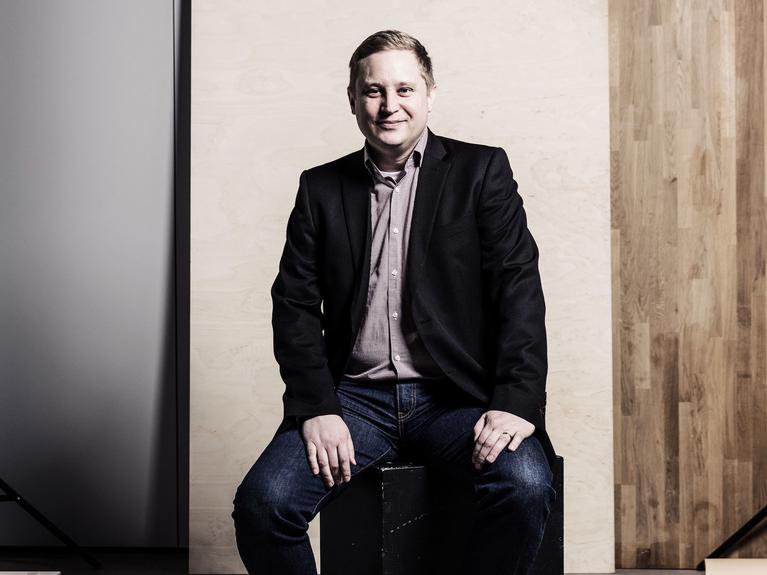


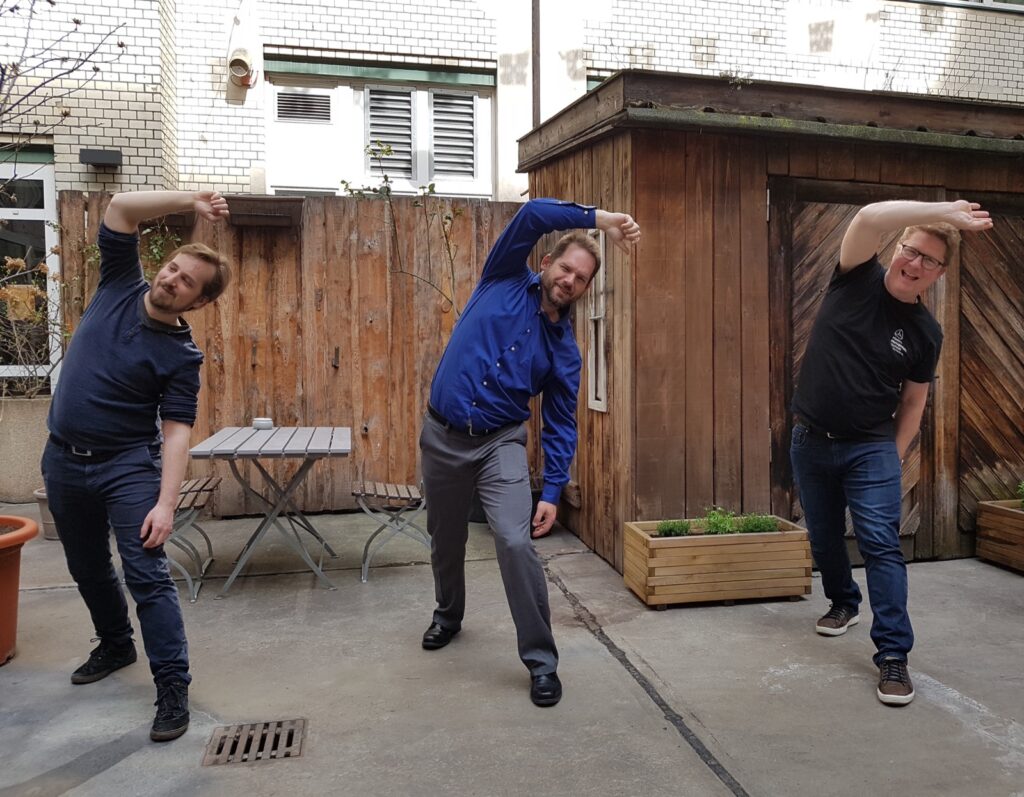 agile42 coaches Simon Sablowski, Daniel Lynn and Bent Myllerup warming up before the FVC session.
agile42 coaches Simon Sablowski, Daniel Lynn and Bent Myllerup warming up before the FVC session.
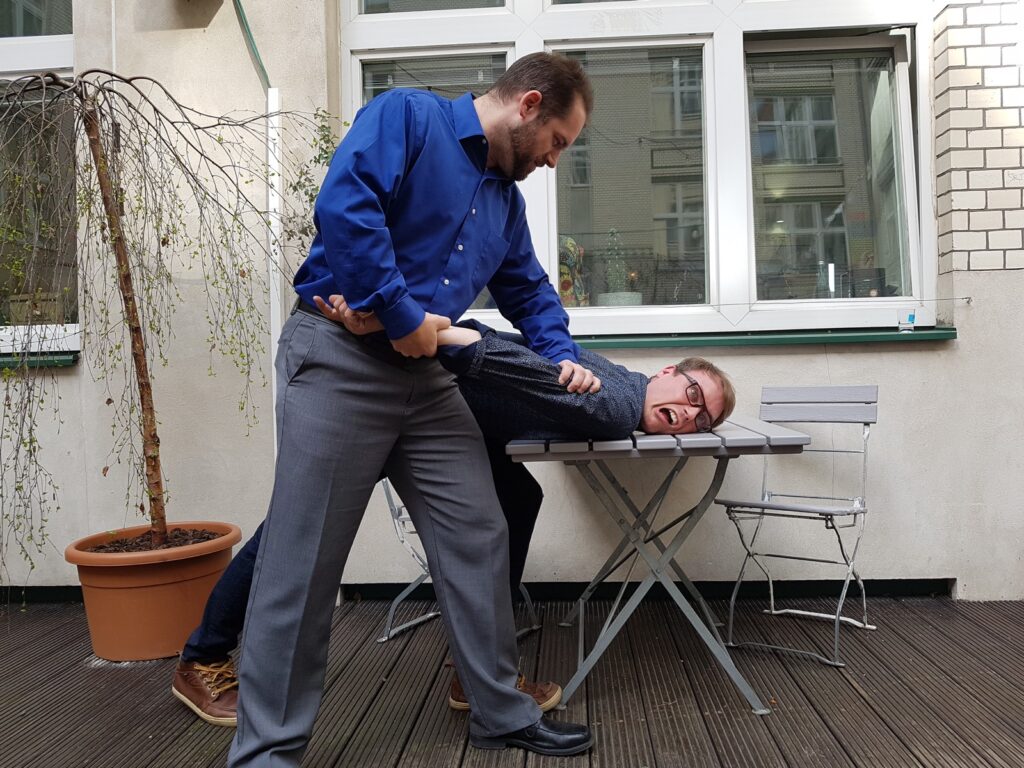 Martin von Weissenberg agrees that Daniel Lynn is right about story points.
Martin von Weissenberg agrees that Daniel Lynn is right about story points.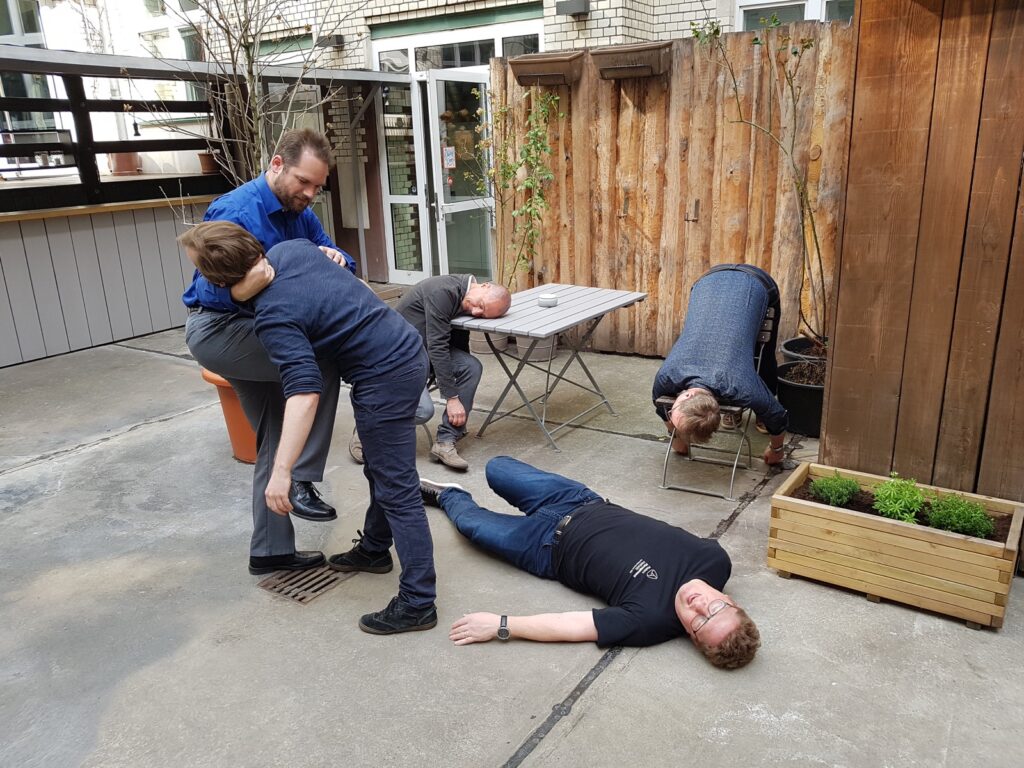 Daniel Lynn explains the finer details of daily standups to the not very stand-uppish team.
Daniel Lynn explains the finer details of daily standups to the not very stand-uppish team.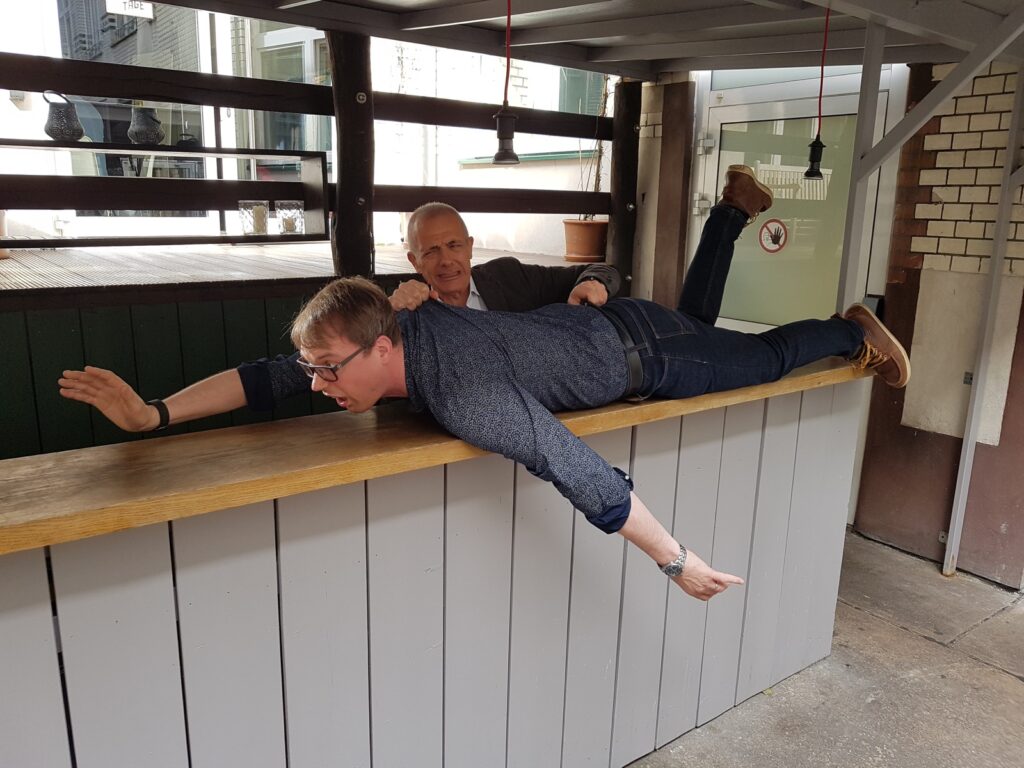 Gaetano Mazzanti (AKT) proves to Martin von Weissenberg (CEC) that Kanban is better than Scrum.
Gaetano Mazzanti (AKT) proves to Martin von Weissenberg (CEC) that Kanban is better than Scrum.